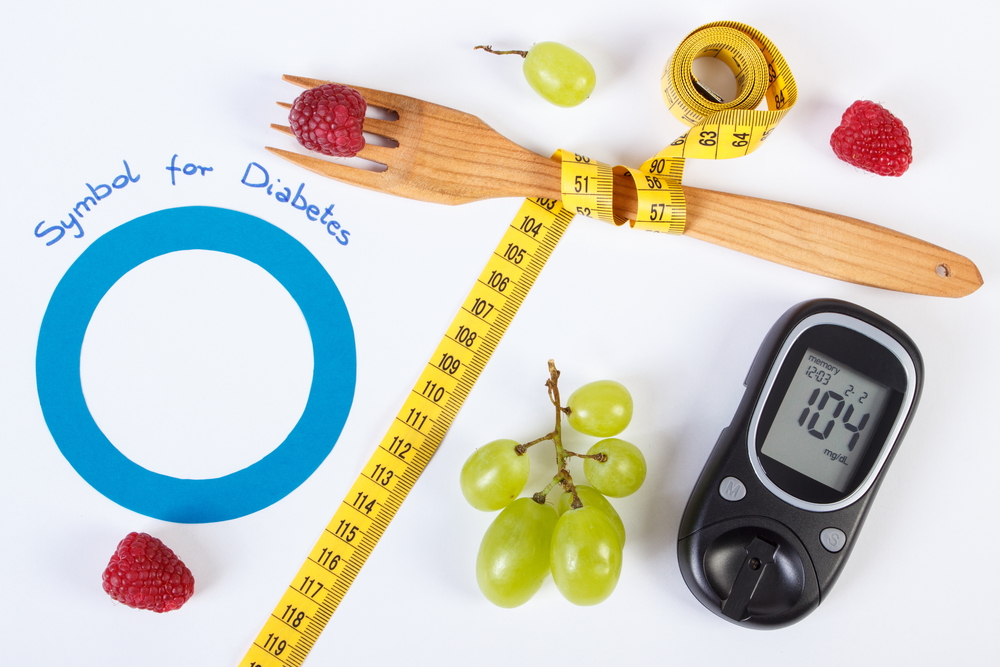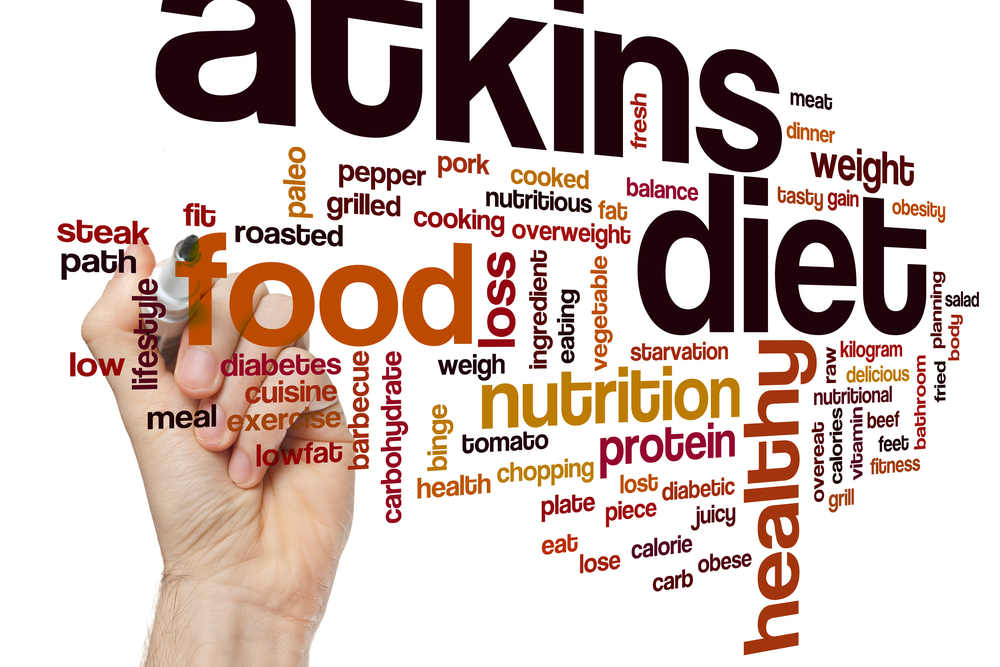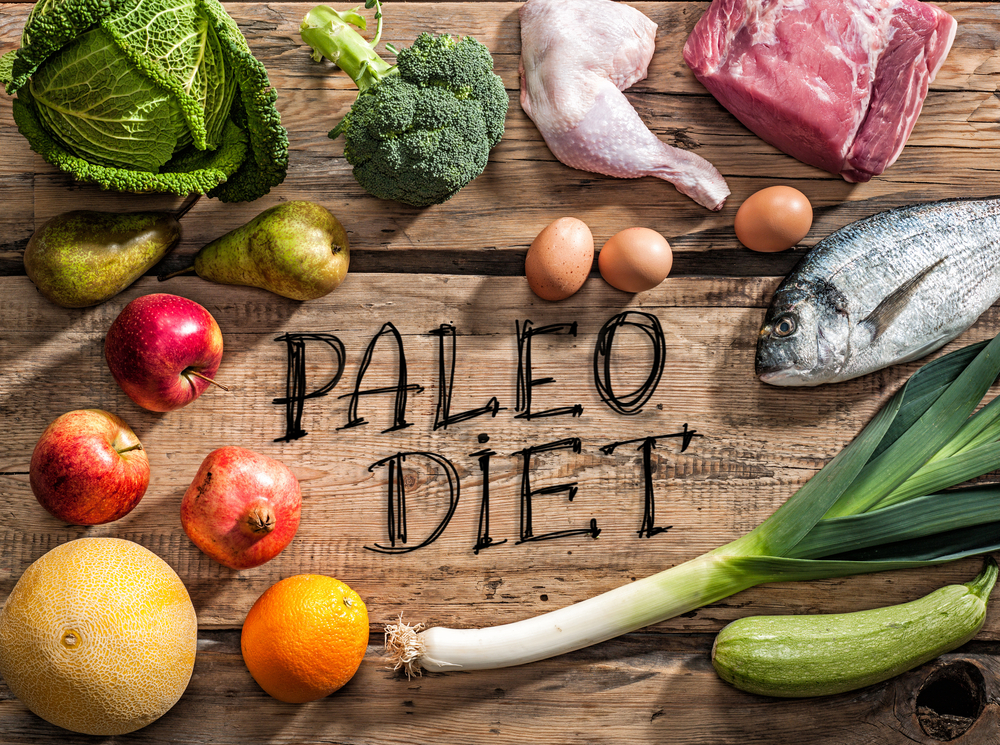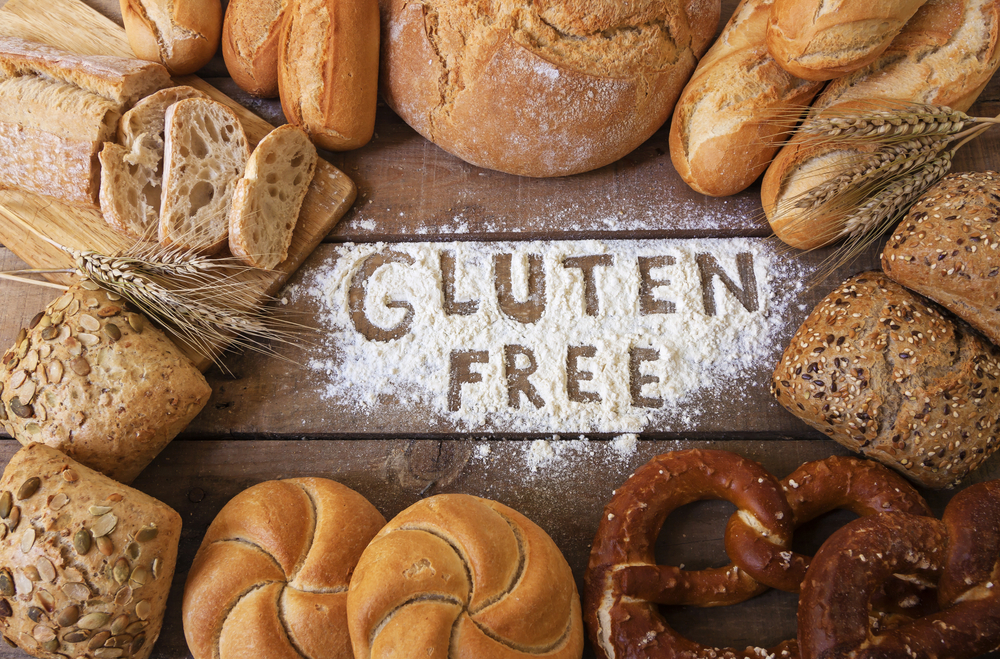8 Popular Diets - What Works and What Doesn't
We are an obese nation obsessed with trying to lose weight, and there are many diets to support it. Any diet that helps you lose weight can be a good thing, but lurking behind that healthy façade may be hidden dangers. Here are eight popular diets that have their good and bad side.
1. Weight Watchers

Weight Watchers is a point based system where no food is off-limits, and weekly meetings help support participants in their weight loss efforts. Portion control is the key. Because there aren’t restricted foods, many dieters feel like it’s easier to stick with the plan. Unfortunately, the results can be short lived once a person goes off the diet because the point system doesn’t change your lifestyle and what you eat.
2. Counting Calories

Counting Calories is a tried and true method for losing weight and has been popular for decades. If you are dedicated and consistent in weighing and measuring food, it’s an easy diet to follow. Eat what you want if it’s within your calorie range and widespread apps even make it easier to keep track. However, many low-calorie foods are high in sugar and sometimes fat.
3. Slimming World

Slimming World is a newer high-profile diet that also claims all food can be enjoyed. Food is divided into two groups. Free, and treat food. Free foods consist of fruit, vegetables, pasta, rice, lean meat, fish, and eggs and dieters are encouraged to eat as much free food as they want. All other foods are in the treat category and are assigned a Syns (or point value) and are limited. If you’re a social person, it’s a great diet because it’s easy to follow in social settings. However, eating unlimited amounts of anything, especially pasta, can be counterproductive.
4. Atkins Diet

The New Atkins Diet has been updated. It’s based on the idea that depriving your body of carbs causes it to burn fat as energy instead. Participants cut out all carbs initially, and gradually reintroduce carbs to the body in phases. This diet achieves quick results and can give a dieter motivation to stick with it. The downside is that it’s been associated with adverse effects like bad breath, lethargy, and constipation. Because the foods allowed are high in saturated fats, this diet may promote heart disease.
5. Paleo Diet

The prevalent Paleo diet only allows foods that can be hunted, gathered, or fished. It’s built on the premise that our bodies were designed to eat like cave dwellers, and that processed food common in modern diets are difficult to digest. If you’re plagued with inflammation and chronic diseases, paleo could be the way to go since it eliminates processed food which is often the culprit. Allowed foods are nutrient dense and have a high fiber and protein content. The elimination of many food groups means fewer vitamins and minerals so you may need to supplement.
6. Mayo Clinic Diet

The Mayo Clinic diet requires permanent changes to your eating habits and attempts to stop mindless eating. Since it requires lifestyle changes and encourages exercise, it can be a great diet to follow, but the first phase can be restrictive, and portion control is essential to be successful.
7. Gluten Free Diet

Gluten-free is followed by those with a gluten sensitivity but has become a diet fad. It calls for zero consumption of gluten. This can be beneficial because it promotes food label awareness, cuts out many processed foods, and encourages high quality grains like quinoa. A gluten-free diet can, in fact, cause weight gain because these foods are often higher in fat and sugar.
8. Intermittent Fasting

Intermittent Fasting is vastly different from our typical three-square meals a day routine. Participants have a set time for eating, and then a period of fasting afterwards. The time for eating and fasting varies, depending on which method you are following but all require an avoidance of food at some point. Proponents claim it’s a better diet because insulin levels are more regulated, but fasting makes people hungry, and where there is hunger, crankiness and mood swings are sure to follow.

















